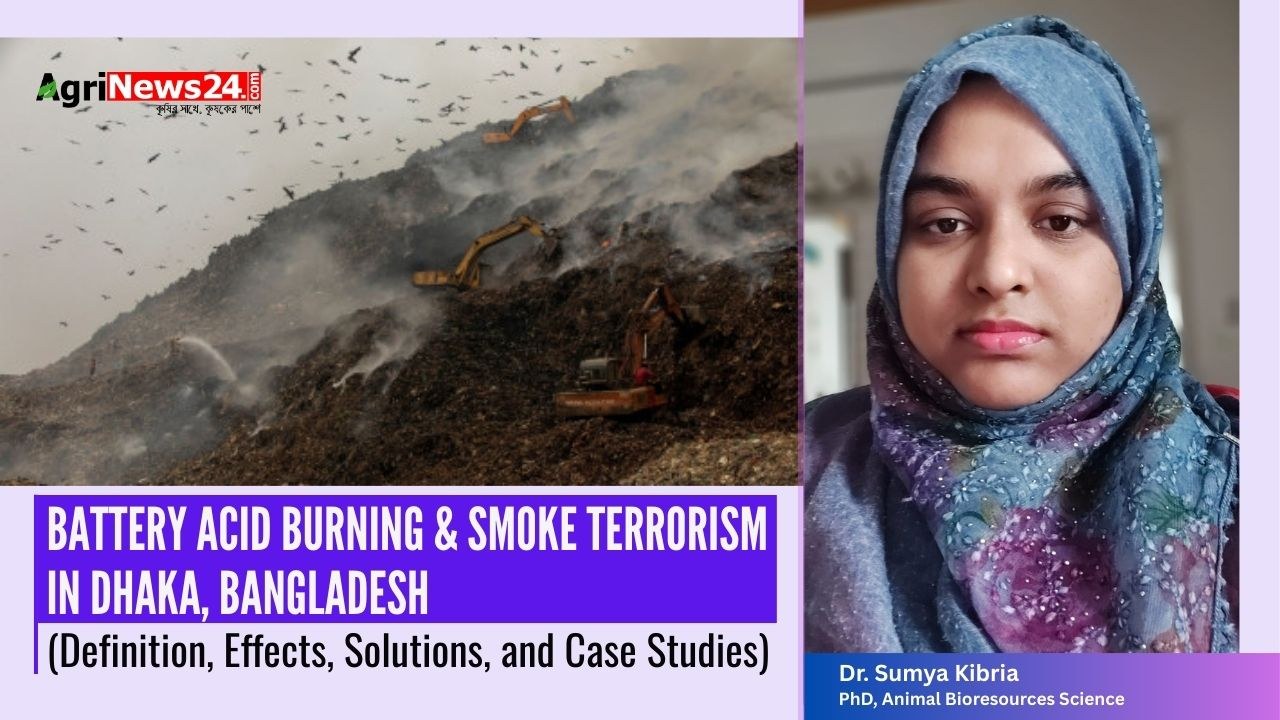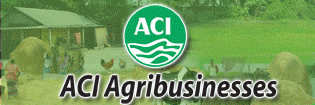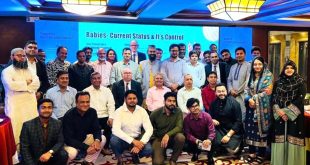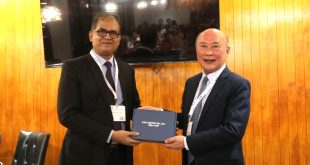(Definition, Effects, Solutions, and Case Studies)
 Definition
Definition
“Battery acid burning & smoke terrorism” refers to the hazardous practice of burning waste containing battery acid (e.g., lead-acid batteries, e-waste) to extract metals, releasing toxic smoke and fumes.
Open burning of waste, including plastics and other materials, is a common practice in Dhaka. This process emits harmful pollutants, exacerbating the city’s already poor air quality.
In Dhaka, this is often done informally by scrap dealers or recyclers, endangering public health and the environment. While not always intentional terrorism, the catastrophic outcomes—poisoned air, chronic illnesses, and ecological damage—mirror terror-like consequences for communities.
Effects
Health Impacts: Exposure to smoke from burning waste can lead to respiratory diseases, eye irritation, and other health issues. Children and the elderly are particularly vulnerable to these pollutants. (Prothom Alo)
- a) Respiratory Diseases: Toxic smoke contains sulfuric acid, lead, and carcinogens, causing asthma, lung cancer, and bronchitis.
- b) Neurological Damage: Lead exposure harms brain development in children, leading to learning disabilities.
- c) Skin/Eye Injuries: Acid fumes cause burns, blindness, and dermatitis.
- Environmental Damage
- Soil and water contamination from heavy metals (lead, cadmium) ruins farmland and aquatic ecosystems.
- Acidic smoke worsens Dhaka’s air pollution, already ranked among the world’s worst.
- Economic Loss:
- Healthcare costs cripple low-income families.
- Pollution lowers property values and agricultural productivity.
Solutions to Resolve the Problem
- Strict Law Enforcement: Ban open burning of batteries and e-waste; penalize illegal recyclers under Bangladesh’s Hazardous Waste Management Rules (2021).
- Improved Waste Management: Developing efficient waste collection, segregation, and disposal systems can reduce the need for open burning. Investments in waste-to-energy technologies, operating at temperatures above 1,000°C, can help manage waste safely.
- Safe Recycling Infrastructure:
- Build government-approved recycling plants with acid-neutralization technology.
- Train informal workers in safe practices (e.g., using protective gear).
- Public Awareness:
- Educate communities via schools, mosques, and TV/radio campaigns.
- Warn against the dangers of battery acid smoke.
- Healthcare Support:
- Set up clinics in pollution hotspots (e.g., Kamrangirchar) to treat lead poisoning and respiratory illnesses.
- Global Partnerships:
- Collaborate with UN agencies (WHO, UNEP) for funding and technical aid.
Case Studies
- Matuail Landfill Fire (March 2025): A fire at the Matuail landfill emitted toxic smoke over southern Dhaka for weeks, causing respiratory issues among residents. Despite firefighting efforts, the depth of the waste pile made it challenging to extinguish the fire completely. (New Age Daily)
- Illegal Battery Recycling in Tangail’s Sal Forest (October 2024): Unauthorized factories burned batteries to extract lead, releasing harmful fumes and damaging the forest ecosystem. Local residents suffered from health
problems due to continuous exposure to the toxic smoke.
- Tejgaon Industrial Area (2022): Scrap traders burned car batteries, causing a sulfuric acid gas leak. Over 200 residents suffered burns and nausea. Authorities fined perpetrators but failed to stop the illegal trade.
- Demra Landfill Fire (2020): A massive fire at Dhaka’s Demra landfill, fueled by e-waste and batteries, spewed toxic smoke for days. Thousands were hospitalized with breathing issues, and acid rain destroyed nearby crops.
- Kamrangirchar Slum (2019): Informal battery recycling units burned lead-acid batteries daily, releasing toxic smoke. Blood tests showed 80% of children had dangerous lead levels. Protests forced temporary shutdowns, but illegal activities resumed due to weak enforcement.
Battery acid burning in Dhaka is an environmental and public health emergency. While systemic neglect drives much of the crisis, the terror-like suffering of affected communities demands urgent action. Solutions like stricter laws, safe recycling systems, and healthcare interventions can mitigate harm. Learning from past failures (e.g., Kamrangirchar) is key to protecting Dhaka’s vulnerable populations and ecosystems.
Author : Dr. Sumya Kibria, PhD, Animal Bioresources Science (South Korea)
 Agrinews24 কৃষির সাথে, কৃষকের পাশে
Agrinews24 কৃষির সাথে, কৃষকের পাশে





















